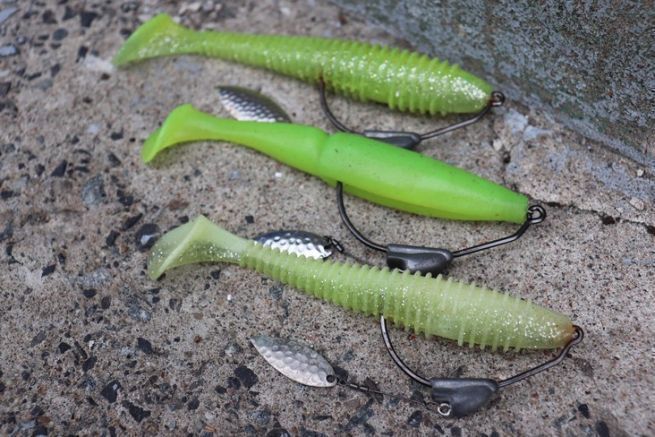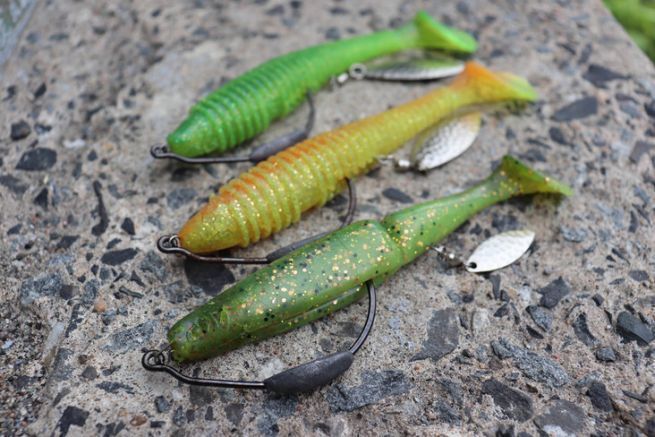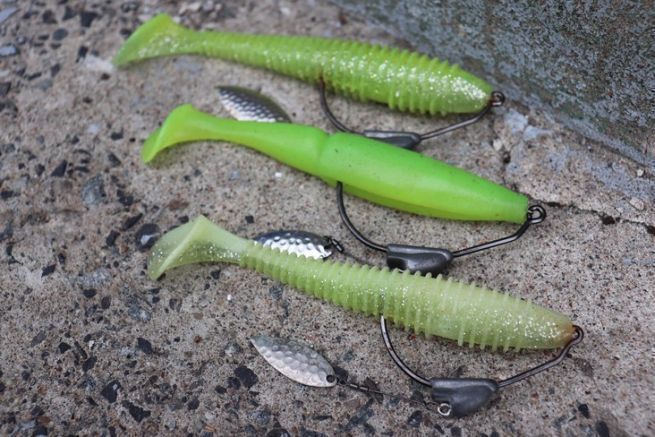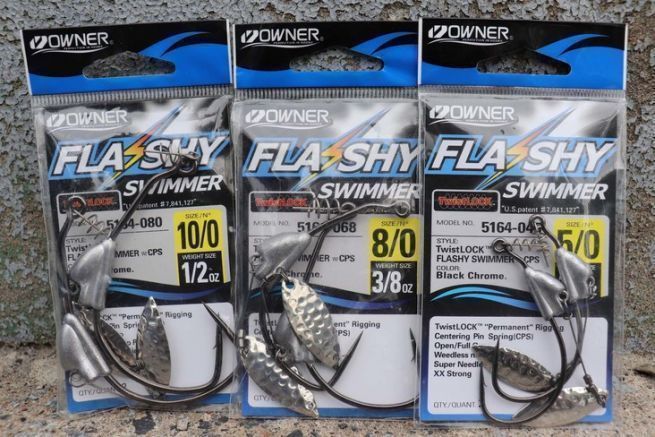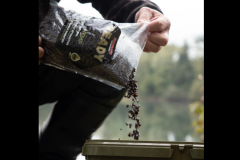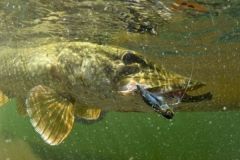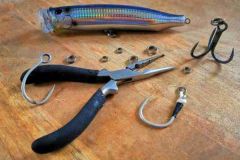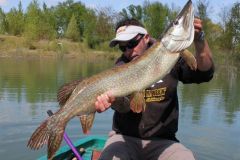1) Waiting before striking
When you feel the bite, you have to be a little bit cool. The idea is to leave a short delay of 1 to 2 seconds before striking, in order to make sure that the fish has its mouth closed on the lure.
2) Ferrer strongly
When setting the hook, don't hesitate to give a good, hard, quick strike to make sure the hook penetrates. Texas hooks are strong and the barb is thick, hence the need for a strong, quick strike.
3) Ferrer in the opposite direction of the attack
The third point, which is really not easy to put into practice, is to hook in the opposite direction of the attack of the fish, this to make sure to plant the hook in the corner of the mouth of the fish. Otherwise, you risk removing the hook from the fish's mouth without biting it. When you are sight fishing, this is fairly easy to do. If not, with a little practice, and especially by assuming where the fish are coming from, you can actually do it.
4) Keep your hooks sharp
Finally, an important point is to always have sharp hooks. Do not hesitate to check their sharpness often and sharpen them if necessary, using a sharpening stone. To check that a hook is sharp, nothing could be easier! Just slide the point of the hook over the nail, giving it an angle of about 30°.
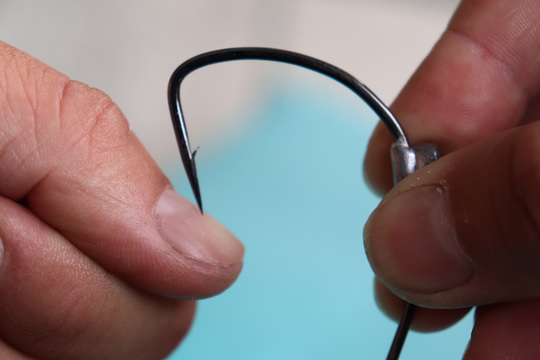
If it sticks, it's sharp, while if it slips, it needs sharpening.
The use of Texas hooks requires a bit of adjustment, but the advantages they provide, including being able to fish where most other lures can't and therefore hit other fish, are well worth adjusting to!
